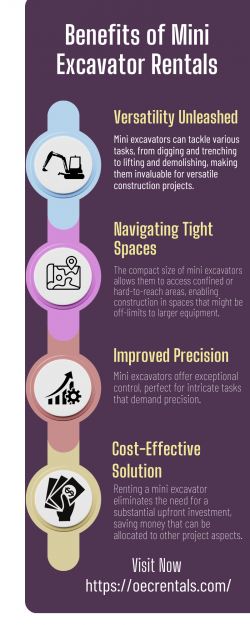Restructuring Debt for Your Company: An Essential Step
There will inevitably be financial ups and downs in the erratic world of business. Due to market swings, unforeseen emergencies, or just the expense of expansion, a growing number of businesses are confronted with crippling debt that puts their survival in jeopardy. Debt restructuring is a smart decision that can help your firm stay afloat and eventually prosper when the financial tide turns against you. We’ll examine the many aspects and complexities of debt restructuring in this post.
Comprehending Debt Reorganization
Restructuring debt won’t make all of your financial issues go away like magic. Rather, it’s a skillfully constructed financial tactic that enables a company to rearrange its outstanding loans in order to secure better terms. Numerous strategies, including extending payment plans, renegotiating interest rates, and even turning debt into equity, may be used to achieve this.
The Debt Restructuring’s Two Faces
Troubled debt restructuring (TDR) is a fundamental idea in debt restructuring. TDR is a kind of debt restructuring that is intended especially for businesses who are having financial difficulties. This differentiation is crucial since debt settlement negotiations (TDR) entail concessions from creditors, such partial debt forgiveness or interest rate reductions, which may not be accessible to companies that are not experiencing severe financial difficulties.
After we’ve cleared up any confusion regarding terminology, let’s look at how debt restructuring can save your company.
When Is It Time to Restructure Debt?
When your company is struggling to pay its debts and finds itself in a perilous financial situation, debt restructuring becomes vital. The following are some typical situations in which companies may think about debt restructuring:
1. Growing Debt: When the amount of debt owed by your company is out of control and it’s getting more and harder to make payments on time without compromising vital operations or expansion.
2. Cash Flow Problems: Debt restructuring can assist if your company is having serious cash flow issues and is unable to make its debt payments on schedule by lowering interest rates or extending payback terms.
3. Impending Bankruptcy: Debt restructuring can be used as a last-ditch attempt to keep your company from going out of business entirely when bankruptcy is a real possibility.
The Advantages of Restructuring Debt
Restructuring your debt might have a number of possible advantages that could save your company:
1. A better flow of cash
The terms of your debt might be renegotiated to provide you with much-needed cash flow. This could really change things by enabling you to fund expansion prospects, settle critical debt, and maintain the seamless operation of your company.
2. Staying Out of Debt
Restructuring your debts can help you avoid bankruptcy, which is frequently an expensive and time-consuming procedure. It offers an opportunity to reorganize your debts so that you can continue running your business while handling your obligations in a more manageable way in the near future.
3. Keeping Your Credibility
Restructuring your debt successfully shows investors, creditors, and customers that you are proactively addressing your financial difficulties. This can support preserving the legitimacy and reputation of your company.
4. Stress Reduction
Employees and business owners alike can suffer greatly when they are in financial difficulties. By providing a clear route forward and a glimmer of hope, debt restructuring can help reduce some of this stress.
The Procedure for Debt Restructuring
Restructuring debt is not a universally applicable approach. The particular actions and tactics needed will vary based on the particulars of your company. But here’s a broad rundown of the procedure:
1. Assessment: Start by taking a close look at your financial status. Analyzing your present debt burden, cash flow, and the seriousness of your financial difficulties are all part of this process.
2. Interact with Creditors: Be honest and transparent in your communication with your creditors. Describe your financial situation and go over possible solutions for restructuring. This stage frequently entails bargaining to come to an amicable agreement.
3. build a Restructuring strategy: To build a thorough restructuring strategy, collaborate with legal and financial specialists. The suggested modifications to your loan agreements, such as interest rate revisions, payment plans, and any debt-to-equity conversions, should be described in this plan.
4. Implementation: After you and your creditors have come to a settlement, it’s time to carry out the restructuring plan. This could entail lowering payments, releasing fresh loan instruments, or turning debt into equity.
5. Monitoring and Adapting: After the reorganization is implemented, pay special attention to the financial performance of your company. As needed, make changes to the plan to make sure it works.
Visit:-https://www.equifyfinancial.com/services/debt-restructuring



























































